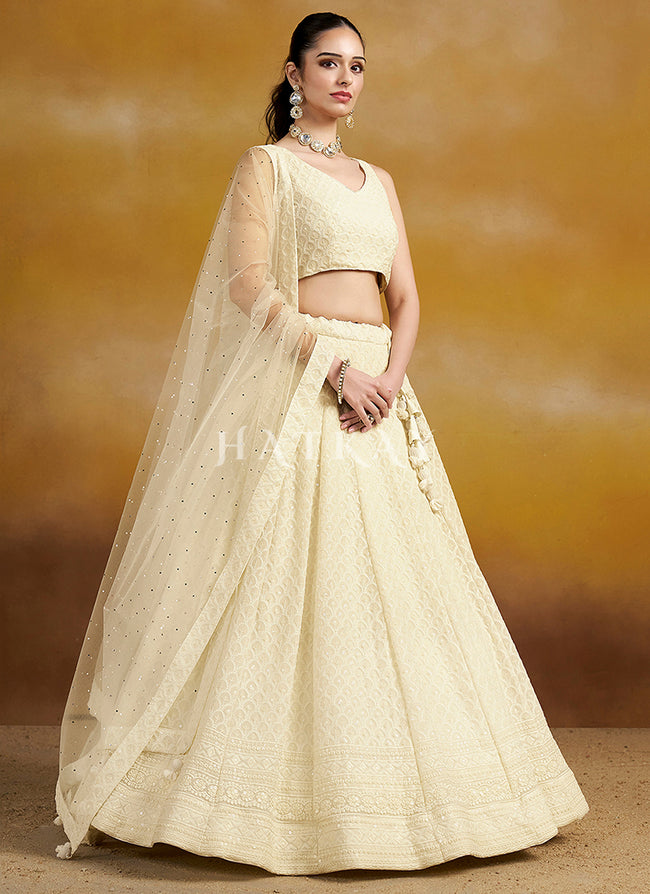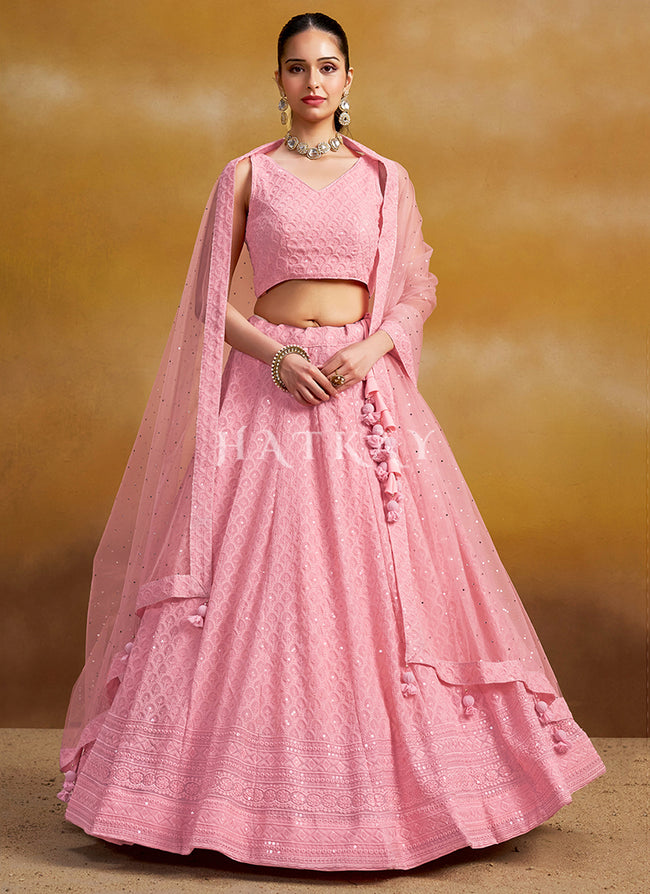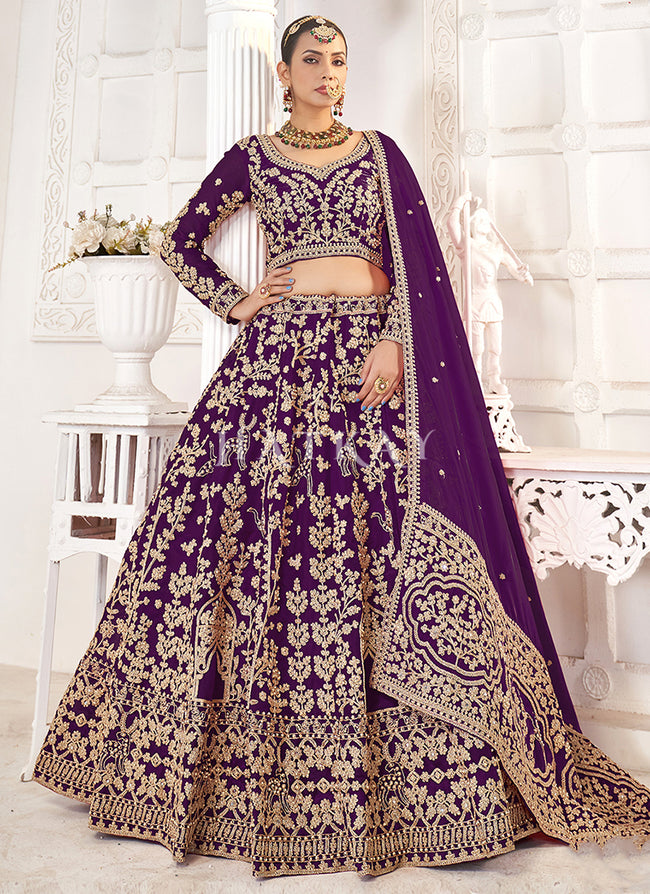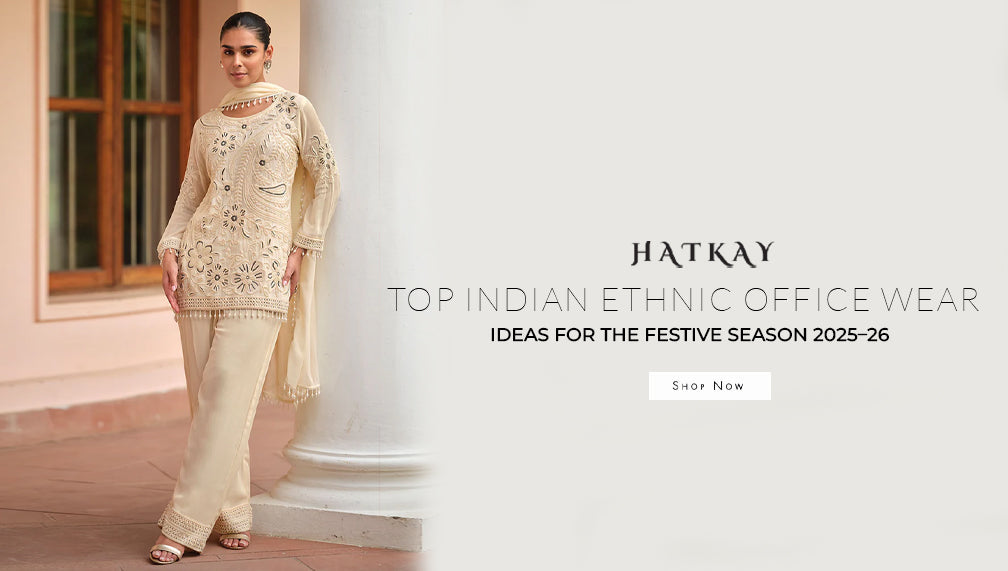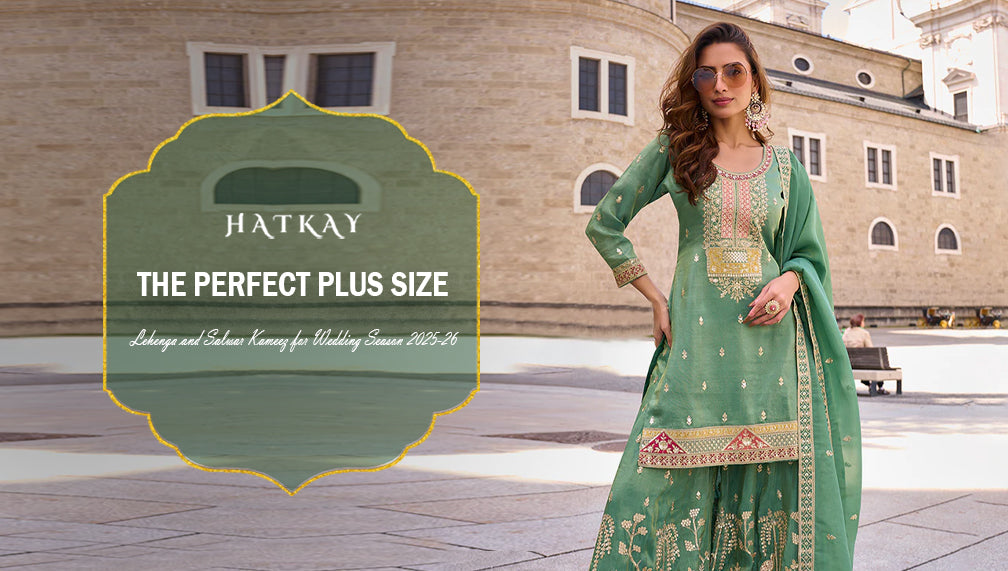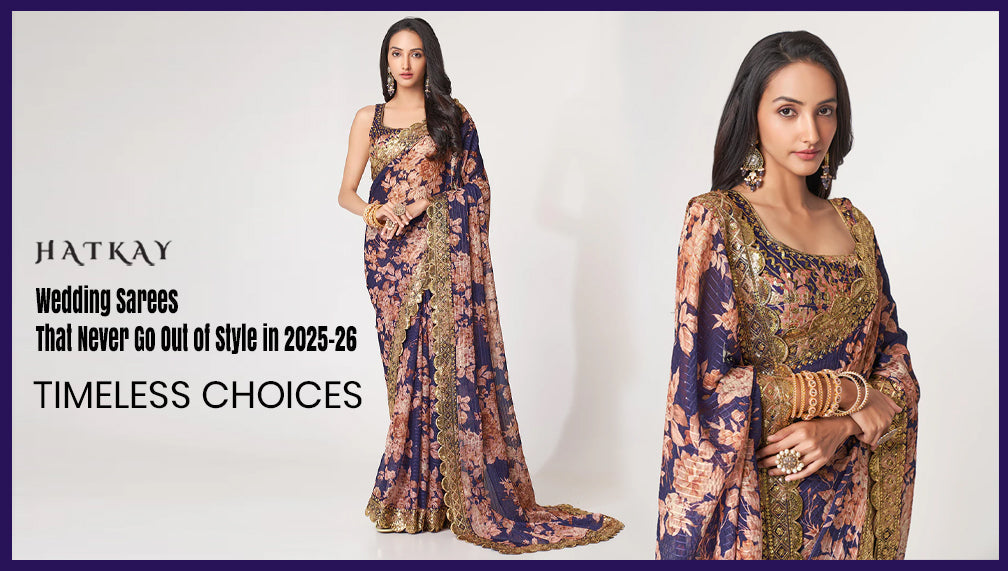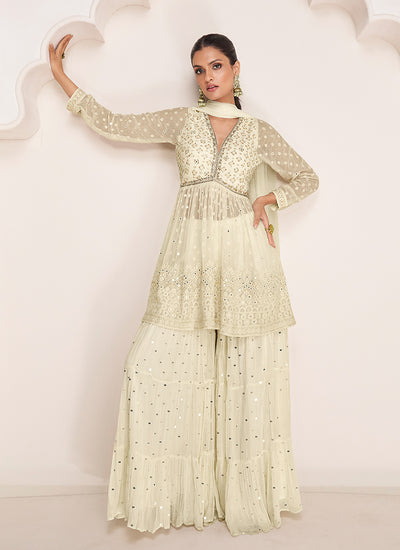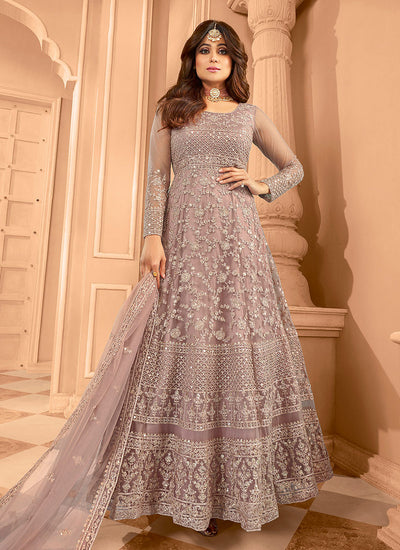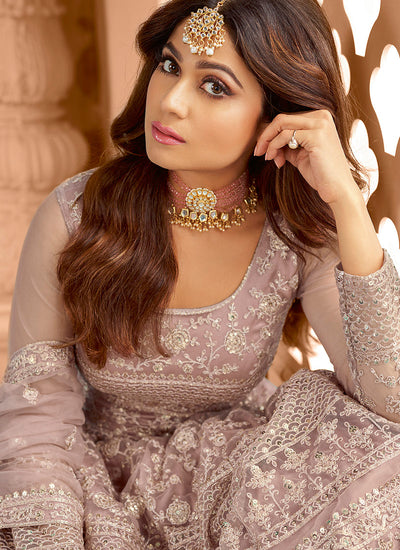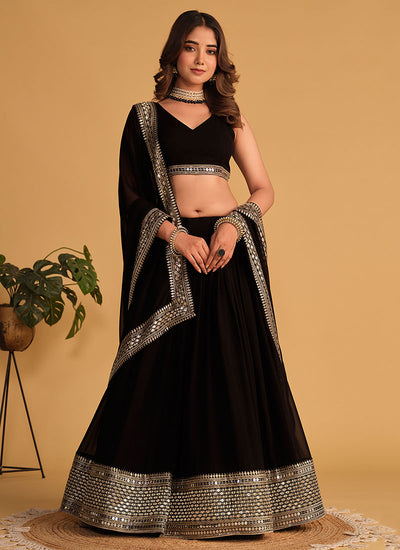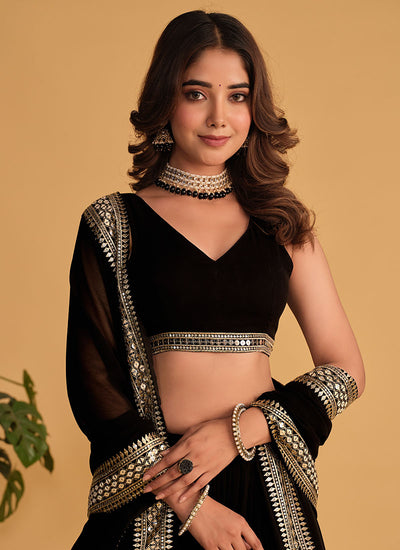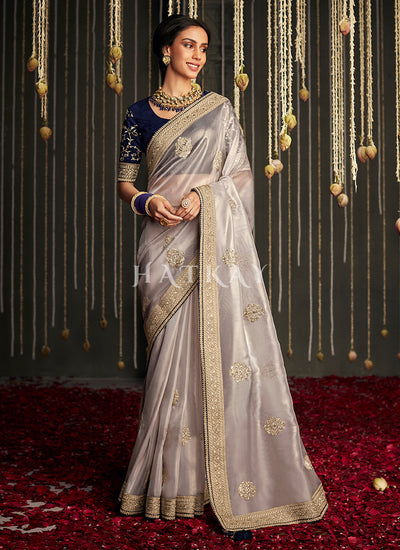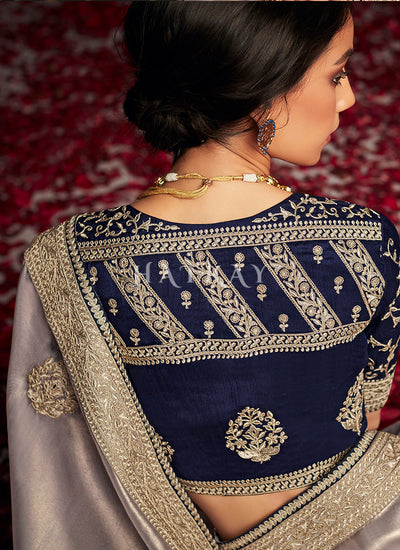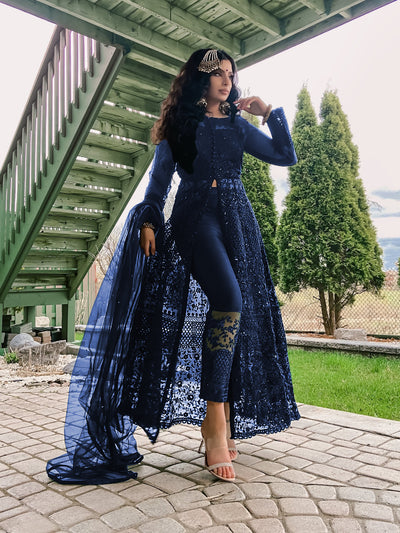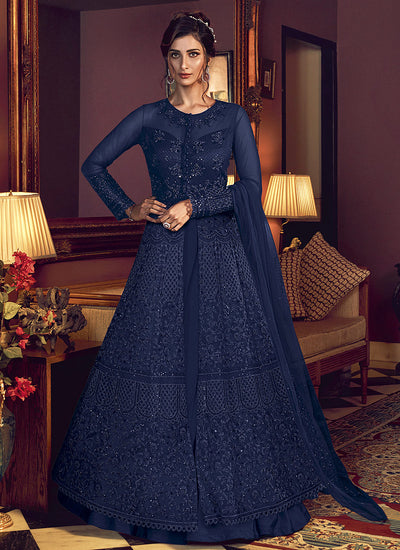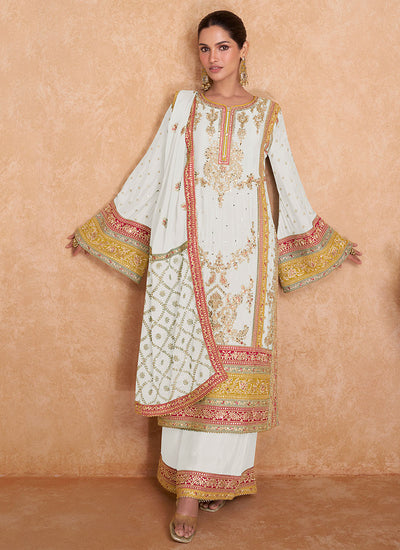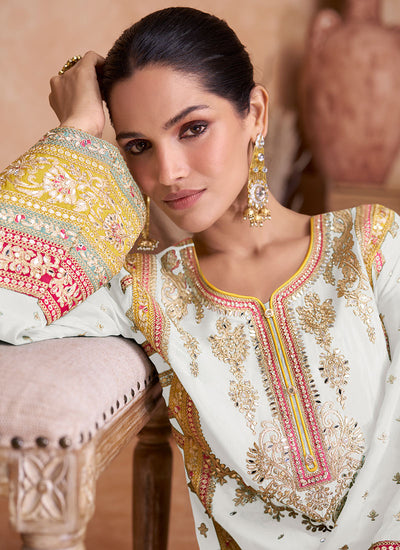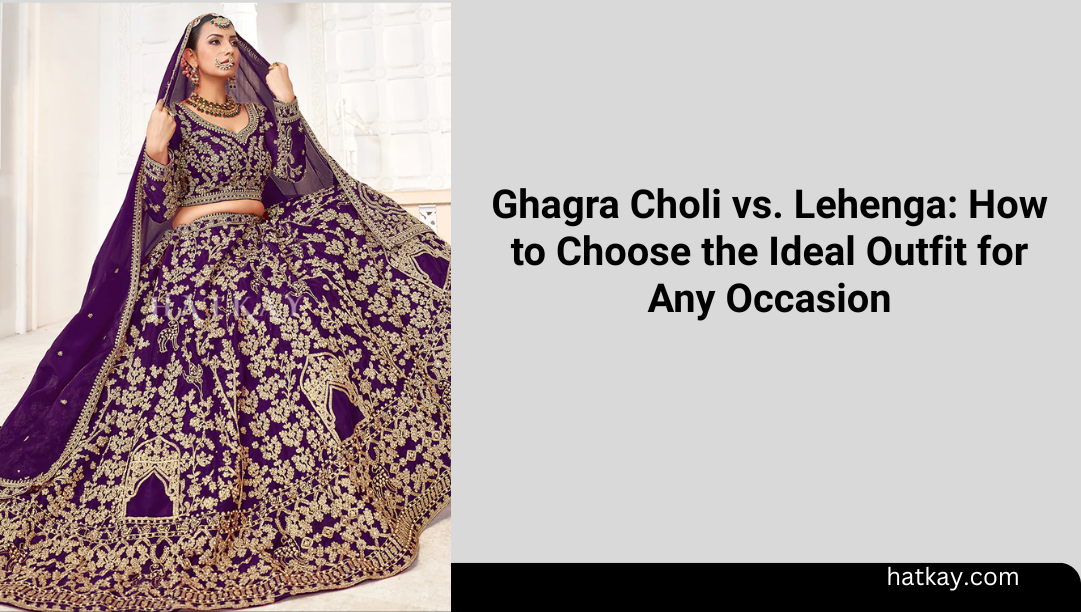
Ghagra Choli vs. Lehenga: How to Choose the Ideal Outfit for Any Occasion
Traditional Indian fashion offers a kaleidoscope of choices, with two of the most iconic outfits being the Ghagra Choli and the Lehenga. While often used interchangeably, these outfits have subtle differences that can influence your choice depending on the occasion, your personal style, and cultural significance. Let’s break down the distinctions and help you choose the ideal ensemble for weddings, festivals, or casual celebrations.
Understanding the Basics
Ghagra Choli
-
Origin: Traditionally worn in regions like Rajasthan and Gujarat.
-
Design: A ghagra is usually a flared, ankle-length skirt paired with a fitted choli (blouse) and often accompanied by a dupatta.
-
Fabric & Embroidery: Heavily influenced by folk and tribal styles, ghagras often showcase mirror work, bandhani, and vibrant prints.
Lehenga
-
Origin: Popular across North India, especially during weddings.
-
Design: Lehengas tend to be more structured and luxurious, with rich embroidery, beads, sequins, or zari work.
-
Silhouette: Lehengas come in various cuts—A-line, mermaid, circular, panelled—offering versatility in style and fit.
Key Differences
| Feature | Ghagra Choli | Lehenga |
|---|---|---|
| Cultural Root | Folk/Tribal regions (Rajasthan, Gujarat) | Pan-Indian, with Mughal influences |
| Style | Traditional, casual, festive | Formal, luxurious, wedding wear |
| Embellishments | Mirror work, bandhej, prints | Embroidery, sequins, zari, beads |
| Occasions | Navratri, folk festivals, casual events | Weddings, receptions, grand celebrations |
| Silhouette | Flowy, light | Heavier, more tailored |
When to Choose Ghagra Choli
-
Festivals like Navratri or Garba Nights: The ghagra’s lighter material and flare make it perfect for dancing and movement.
-
Daytime Functions: Opt for cotton or georgette ghagra cholis with minimal embellishments for comfort and elegance.
-
Traditional Ceremonies: When attending cultural events, the ghagra choli connects to heritage and regional pride.
When to Choose a Lehenga
-
Weddings: Whether you’re the bride or a guest, a lehenga makes a powerful fashion statement.
-
Receptions & Engagements: Embellished lehengas with intricate work shine under evening lights.
-
Formal Occasions: Choose from velvet, silk, or brocade fabrics for that regal touch.
Tips to Pick the Right Outfit
-
Consider the Occasion: Save the ornate lehenga for lavish functions and the simpler ghagra choli for fun, casual ones.
-
Think About Comfort: If dancing or long hours are involved, lightweight ghagras are your best friend.
-
Factor in the Season: Go for breathable fabrics in summer (cotton, chiffon) and heavier ones in winter (velvet, silk).
-
Accessorize Wisely: A ghagra choli can be paired with jhumkas and oxidized jewelry, while lehengas look stunning with kundan or polki sets.
-
Experiment with Cuts & Drapes: Don’t be afraid to mix traditional with modern—like a crop top choli or a cape dupatta!
Final Thoughts
Both the Ghagra Choli and the Lehenga offer a beautiful way to celebrate Indian culture, with each bringing its own charm. While the ghagra choli channels traditional, everyday elegance, the lehenga elevates your style for life’s grandest moments. By understanding their differences and what they represent, you can make the perfect choice for any occasion.
Whether you twirl in a colorful ghagra during Garba or dazzle in a designer lehenga at a wedding, you’ll be embracing a legacy of beauty, craftsmanship, and tradition.













